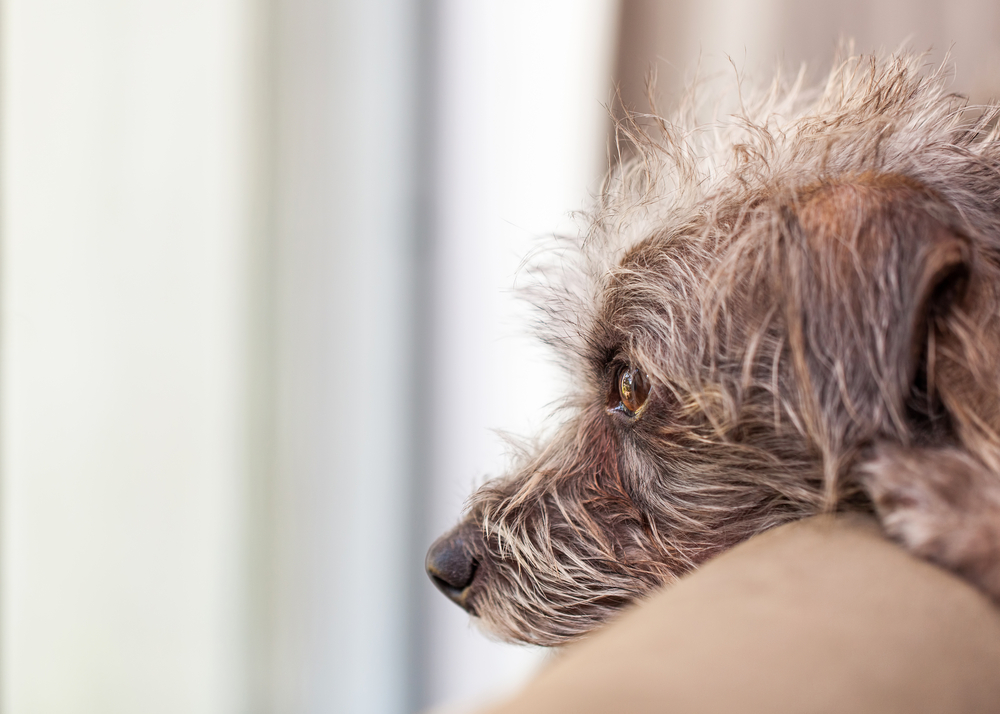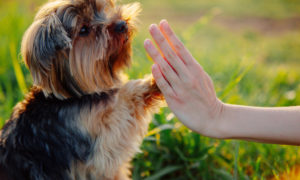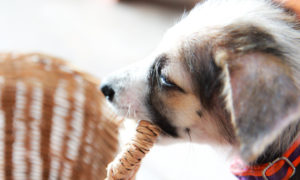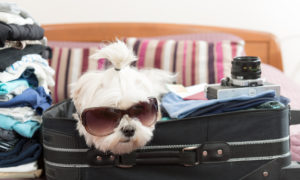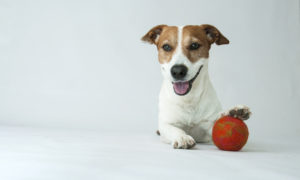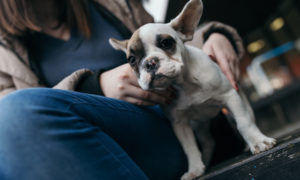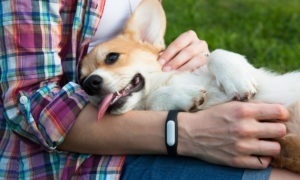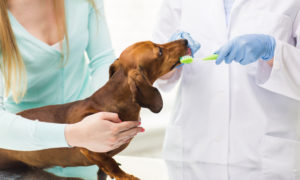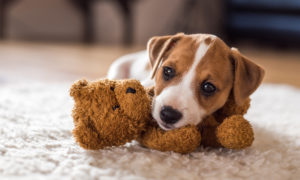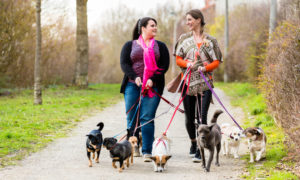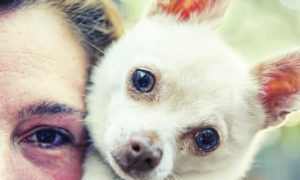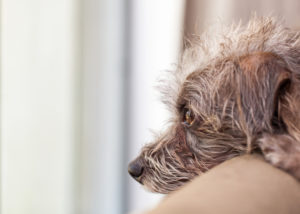 Many dog parents complain about their small pooches becoming disruptive and destructive when left alone. Their dogs might urinate and defecate, howl and bark, chew and dig, or even try to escape. While these problems usually suggest that the pet may just need to be housetrained and be taught with polite manners, note that these behaviors can also be a sign of canine distress. Misbehavior in dogs can be an indication of separation anxiety which is often triggered when a dog is separated from his guardian(s) or people he is attached to.
Many dog parents complain about their small pooches becoming disruptive and destructive when left alone. Their dogs might urinate and defecate, howl and bark, chew and dig, or even try to escape. While these problems usually suggest that the pet may just need to be housetrained and be taught with polite manners, note that these behaviors can also be a sign of canine distress. Misbehavior in dogs can be an indication of separation anxiety which is often triggered when a dog is separated from his guardian(s) or people he is attached to.
Causes of Separation Anxiety
There is no conclusive evidence that shows why exactly dogs develop this behavior issue. But since far more dogs who have been adopted from shelters seem to have developed separation anxiety as compared to those who are kept by a single family since puppyhood, it is believed that loss of an important person or group of people in a pooch’s life can lead to this kind of disorder. Other less dramatic adjustments can also be a reason to trigger the problem. These include change of family or guardian, change in schedule, change in residence, and change in household membership.
How to Help Ease Separation Anxiety
- Take Fido out for a walk before leaving the house. Start your day by taking your little pooch for a brisk walk outside. Make the activity a bit more rigorous by letting him use a dog backpack with extra weight in it. After this, reward your pet with food and water. Basically, the idea is to leave him in quiet, resting mode while you are not home.
- Gradually increase the time you spend away from your dog until he’s used to it. Leave your pooch alone for five minutes at the beginning, then just extend the time to twenty minutes, then an hour until you can leave him for a full eight hours or even more without him acting out anymore.
- Avoid talking, touching, or making eye contact to Fido. Leaving you house and returning in it should not be a big deal. Communicate this to your pooch so he learns that your time apart shouldn’t cause him any discomfort. Depending on the severity of your pooch’s anxiety, you may have to practice the rule for about 5 minutes or even up to 1 hour before leaving the house and when you get back. If you find this hard to do, say goodbye to him long before you leave.
- Stay calm but assertive. When you are all set to go to work, try to leave those guilty and nervous feelings behind. Let your pooch know that everything’s going to be alright instead by projecting the self-assured energy of a true pack leader.
Keep in mind that anxious behaviors displayed by your little furry friend are not always a result of disobedience or spite. Never scold or punish your dog for being disruptive or destructive as these can be distress responses. He shows anxious behaviors when left alone because he is extremely upset and is only trying to cope with a great deal of stress. Punishing him may only make him become even more distraught, making the problem worse.

